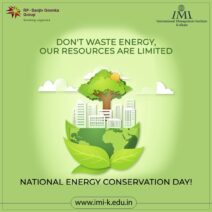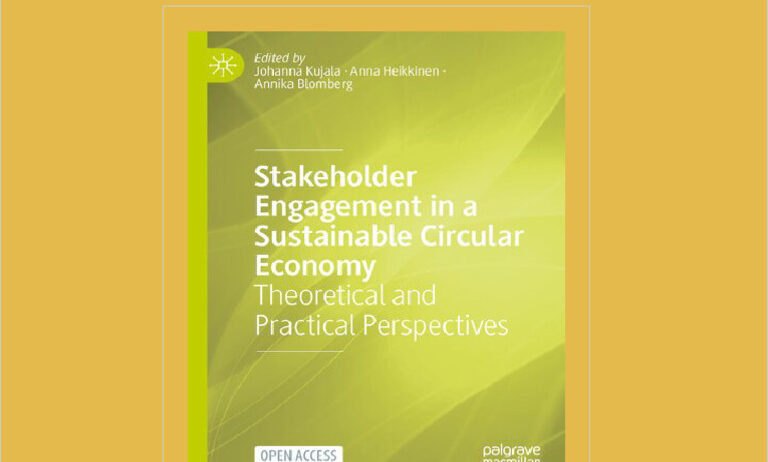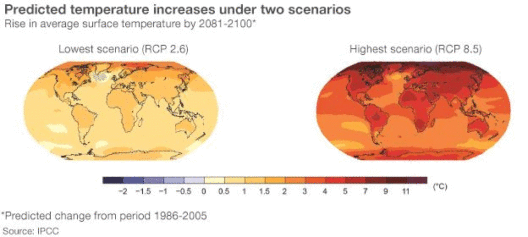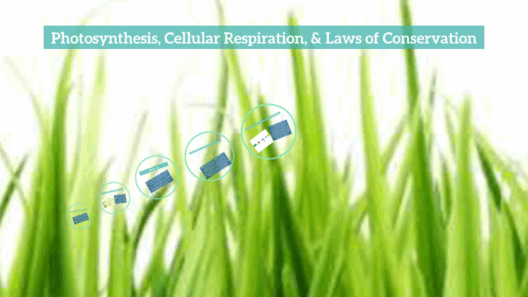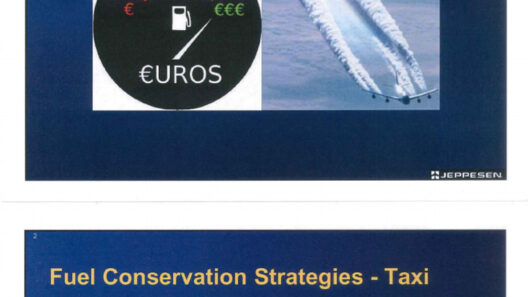How can one truly ascertain whether energy conservation has been achieved? It’s a playful question, urging us to probe deeper into the mechanics of energy use and efficiency. Energy conservation is not merely an abstract concept; it is a fundamental principle with profound implications for both our environment and our economy. Understanding how to measure and verify energy conservation is crucial in addressing climate change and fostering sustainability. This multifaceted approach combines scientific measurements, practical assessments, and behavioral psychology, creating a comprehensive framework for energy conservation evaluation.
To embark on this exploration, we first need to define what we mean by energy conservation. Energy conservation refers to the practice of reducing energy consumption through using less energy service. It isn’t just about switching off lights or reducing heating; it’s about innovating and implementing strategies that promote efficiency. This can include everything from using energy-efficient appliances to rethinking our daily transportation methods. Now, how can we determine if these efforts are effective?
The scientific perspective on energy conservation heavily relies on quantitative data. One must delve into energy audits and consumption assessments. An energy audit is an evaluative process that identifies opportunities to save energy within a specific space. By measuring the energy use before and after the implementation of conservation strategies, one can derive a concrete understanding of the energy conserved. This may involve sophisticated energy modeling software that tracks energy flows and provides insights into usage patterns. It can be a formidable challenge, but precise measurements yield actionable data.
One common tool used in energy audits is the Energy Performance Indicator (EPI). This metric allows businesses and homeowners to benchmark their energy use against similar entities. By analyzing these data, one can identify areas for improvement. However, simply gathering data is insufficient. The true challenge lies in interpreting this information and implementing changes based on the findings. For instance, let’s suggest a scenario where energy usage is reduced by 15% following an audit; the question remains: was the reduction due to conscious efforts to conserve, or did external factors, such as a mild winter, play a role?
From a practical perspective, assessing energy conservation can be accomplished through behavioral observations and modifications. One engaging aspect is the implementation of feedback mechanisms. For example, households can benefit from smart meters that provide real-time data on energy consumption. Watching energy usage fluctuate with various activities invites a reflective approach to energy habits. This creates an interactive relationship between the consumer and their energy consumption, prompting mindful actions that contribute to conservation efforts.
Behavioral economics plays a significant role in energy conservation strategies. A playful challenge arises: How can we change the way people perceive energy consumption? Simple approaches like gamification can turn energy-saving actions into competitions. This can be a neighborhood challenge, where participants track their energy savings, fostering a sense of camaraderie and accountability. The novelty of competition often encourages individuals to adopt new habits that would have otherwise felt burdensome.
Moreover, education and awareness campaigns are instrumental in shaping sustainable energy practices. Empowering individuals with knowledge about the environmental impact of their energy choices significantly influences consumption behavior. Workshops, webinars, and informational resources demystify energy efficiency tools and pledges, making them accessible and relatable. Engaging the community in discussions about conservation not only promotes awareness but cultivates a culture of sustainability.
Returning to the scientific lens, it is essential to monitor and evaluate outcomes of various strategies over time. The concept of the rebound effect is crucial here. Sometimes, individuals consume more energy after adopting energy efficiency measures, believing they have the “wiggle room” to do so. Therefore, any evaluation necessitates long-term monitoring to confirm that energy conservation aligns with behavioral responses. Are we truly conserving energy or merely displacing our consumption? This introspection is the crux of continuous improvement.
Emerging technologies provide additional tools for energy conservation verification. Artificial Intelligence (AI) and IoT devices can gather vast amounts of data, allowing for more nuanced energy usage analyses. For instance, predictive analytics can forecast energy needs based on historical usage patterns and environmental conditions. The integration of these technologies into energy systems gives rise to smarter, more efficient systems that adapt to our consumption demands, enhancing the conservation narrative.
While data-driven approaches and technological innovations are pivotal, it can often veer into technical jargon. Therefore, it’s imperative to bridge the gap between complex information and everyday understanding. Simple visual representations, such as infographics or dashboards, can play a crucial role in facilitating comprehension among a broader audience. This invites dialogue, allowing people to engage with concepts of energy conservation at a grassroots level.
Energy conservation, while grounded in scientific methodology, ultimately requires a synthesis of knowledge, behavior, and communal effort. The question hangs: how do we weave these elements together to ascertain genuine energy conservation? By employing holistic strategies that merge data with practical applications, we can cultivate a more sustainable future. It stands to reason that, with greater awareness and accessible tools, we could gradually shift the paradigm toward a more energy-efficient world. As each individual takes more considered steps towards energy use, the cumulative impact can lead to significant environmental benefits.
As we navigate the complexities of energy conservation, it is vital to continue exploring innovative ideas, encouraging community engagement, and embracing new technologies. The challenge remains: how will you contribute to the narrative of energy conservation, and how will you measure your impact? The journey towards a sustainable circular economy has already begun; it is up to us to ensure that we are all part of this essential transition.


